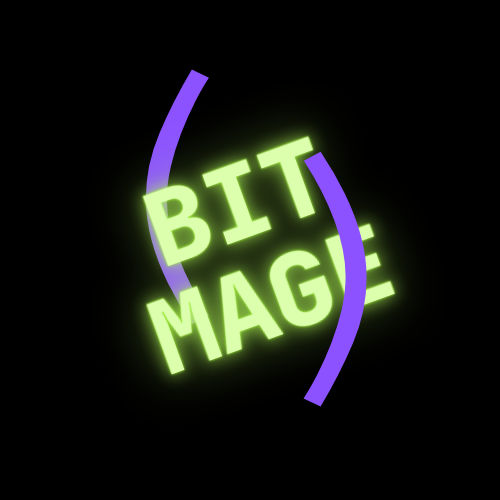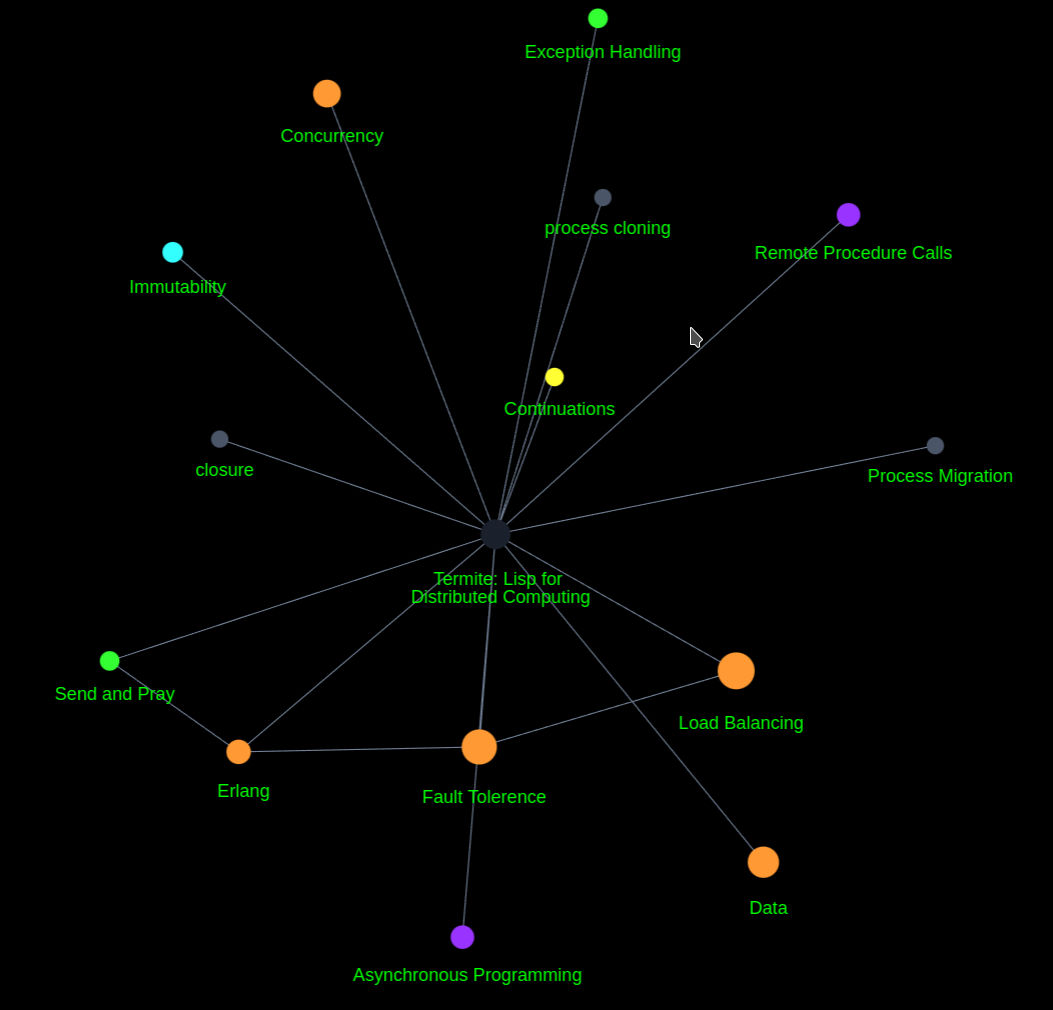The Un-Unified Heterogenous Irk
I’ve lately been thinking deeply about how I interact with my computing environments; when working, I’ve a
- an unrooted snapdragon ARM Android with Termux and Tmux for ephemeral vimmin & sshing around when on the move
- an Intel x86 FreeBSD home lab for some asynchronous compute that I don’t need right away and some redundancy for my important files
- a personal ubuntu VPS with a couple of intel x86 vCPUs for my self hosting endeavours and overall context orchestration
- several compute clusters (avx enabled x86s, ARM, “the propietary GPU driver guy on the street” GPUs, “the other open source GPU driver guy on the steet” GPUs, k8s orchestrated production & development playgrounds) for work
- an AMD x86 Tumbleweed with emacs as the daily driver where I actually “work” : this is desk where I dissect, analyse, reconstruct and dispatch for usage across the above

